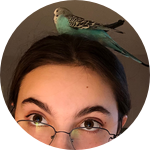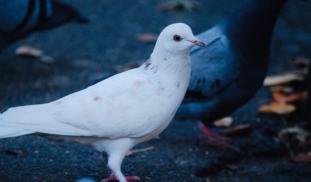Please wait...
About This Project
This study aims to better understand how birds can micro-evolve in a newly colonized environment. I hypothesize that over the last 200 years, pigeons in eastern North America have evolved diversity of morphometric and color based characteristics. To test this hypothesis I will collect data on morphometric and color-based traits in wild pigeons at different geographical sites in eastern North America.
More Lab Notes From This Project

Browse Other Projects on Experiment
Related Projects
How do polar bears stay healthy on the world's worst diet?
Polar bears survive almost entirely on seal fat. Yet unlike humans who eat high-fat diets, polar bears never...
Uncovering hidden insect diversity associated with a likely undescribed gall-forming midge
Does a likely undescribed species of gall-forming midge (pers. comm. Ray Gagné) on Eriodictyon plants (Yerba...
Macrofungi of the California archipelago
The eight islands of the California Archipelago are a well-studied biodiversity hotspot — but we know almost...





